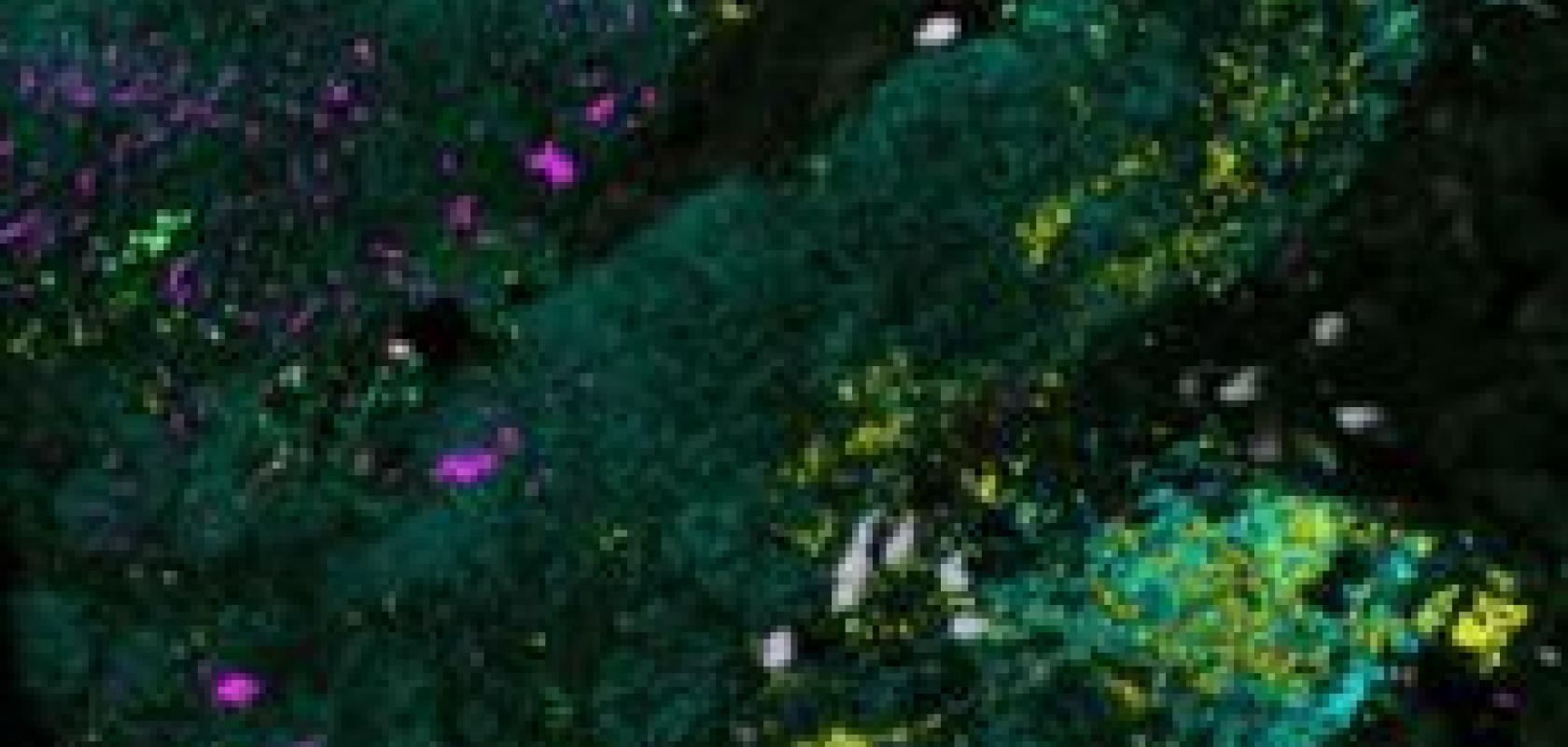A fluorescence imaging technique developed by scientists from the Marine Biological Laboratory (MBL) in the USA has been used to demonstrate a link between gut bacteria and colon cancer for the first time. The technique, known as combinational imaging, allows doctors to view both pre-cancerous and cancerous conditions simultaneously.
In healthy people, the colon is covered in a mucus layer (mucosa) that helps keep bacteria away from the colon’s epithelia. Since the first collection of the normal bacterial makeup of the human body was published in 2012, numerous connections between illness and disturbances in the human microbiota have been found.
As a result of their study, at the beginning of December, the MBL scientists reported that colon cancer patients who have tumour-associated biofilms also have biofilms on tumour-free areas of the nearby mucosa.
‘This is the first time that biofilms have been shown to be associated with colon cancer, to our knowledge,’ said co-author Jessica Mark Welch, a scientist at MBL.
The discovery, led by researchers at the Johns Hopkins Medical Institutions, draws on a novel way to ‘see’ microbial community structure. Different colours of fluorescent probes (nine in this study) ‘light up’ different species of bacteria in the biofilm, revealing the three dimensional structure of its microbial community.
They found that the biofilms associated with ascending colon tumours are composed of many species of bacteria, and that the part of the biofilm that invades the mucosal layer contains a subset of all the bacterial strains in the biofilm, rather than just one invading strain.
‘This suggests that either the tumour allows the biofilm to form, or the biofilm is helping to cause the tumour,’ Welch pointed out. ‘The breaching of the mucus layer could allow bacteria to come into contact with the host epithelial cells, and that is one thing that could lead to cancer.’
The team found that tumours in the descending colon (going to the rectum) do not have associated biofilms.
In the future, the technique could potentially be used to clinically diagnose pre-cancerous and cancerous conditions in the ascending colon.
Related Links
Clinicians look to improved imaging techniques for higher success in tumour removal


